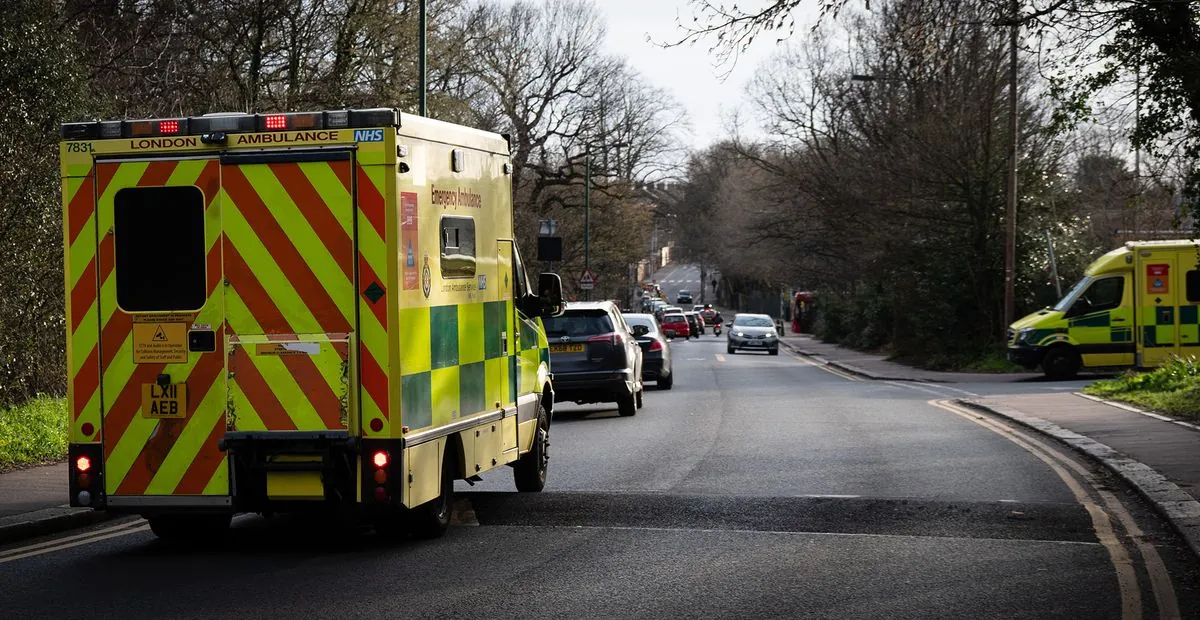LTNs: The Controversial Solution to Urban Traffic Woes
Low Traffic Neighbourhoods spark debate as critics argue they frustrate residents and hinder emergency services. The article explores the broader context of car dependency and questions the effectiveness of traffic reduction schemes.

In recent years, the implementation of Low Traffic Neighbourhoods (LTNs) has sparked intense debate across the UK. While many yearn for less congested streets, the effectiveness of these schemes remains questionable.
LTNs, characterized by strategically placed roadblocks in residential areas, aim to reduce traffic flow. However, critics argue that these measures merely shift congestion to other areas without addressing the root causes of traffic problems. Miriam Cates, a former Conservative MP, likens navigating these areas to "shifting urban mazes," often resulting in multiple U-turns for visitors.
One of the most significant concerns surrounding LTNs is their potential impact on emergency services. Evidence suggests that these schemes may increase response times for ambulances, potentially putting lives at risk. This issue highlights the delicate balance between traffic reduction goals and maintaining essential services.

The debate over LTNs is part of a broader discussion on traffic management and urban planning. The UK has a long history of innovative traffic solutions, dating back to 1868 when the world's first traffic light was installed in London. Since then, various measures have been introduced, including the first zebra crossing in 1951 and the world's first congestion charge zone in London in 2003.
While some traffic reduction measures have proven successful, others face ongoing scrutiny. In Wales, a blanket 20 mph speed limit introduced in 2023 is already being partially rolled back due to public opposition. This demonstrates the challenges in implementing widespread traffic control measures.
Critics argue that many local authorities' enthusiasm for impeding traffic stems from a broader "war on private transport" rather than genuine environmental or safety concerns. Cates points to Low Emission Zones as another example, citing her hometown of Sheffield where van drivers must now pay to enter the city center.
"These misguided attempts to reduce traffic stem from the 'luxury belief' that people can do without cars."
The article emphasizes the integral role of cars in modern society, particularly since the 1970s. The UK's first motorway, the Preston Bypass, opened in 1958, marking the beginning of an era of increased car dependency. Today, cars are essential for many people's daily lives, enabling access to work, education, and healthcare.
It's worth noting that alternative transportation methods face challenges in the UK. Unlike countries such as the Netherlands, which boasts over 35,000 km of dedicated cycle paths, the UK's topography and road infrastructure often make cycling less viable as a primary mode of transport.
In conclusion, while the goal of reducing traffic congestion is admirable, the implementation of LTNs remains controversial. As urban planners and policymakers continue to grapple with these issues, finding a balance between traffic reduction, environmental concerns, and the practical needs of residents will be crucial for creating truly livable cities.


































